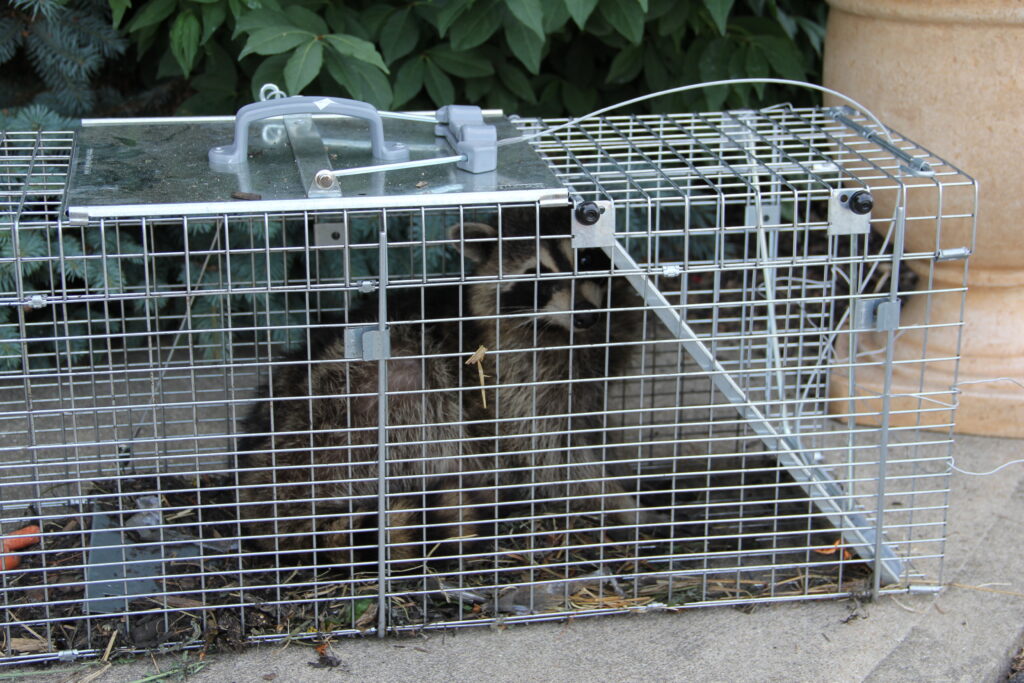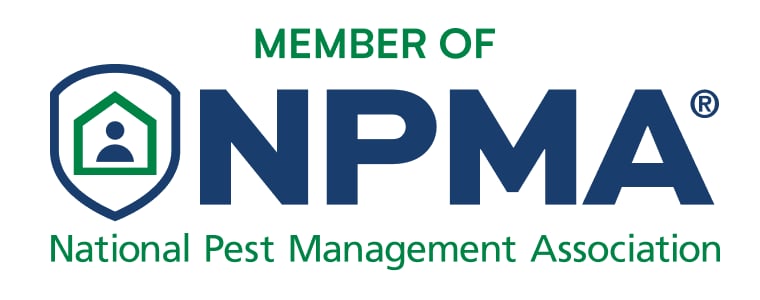“Raccoons may look cute, but don’t let their adorable masks fool you they’re crafty little problem-solvers that can turn removal into a real challenge!”
At AAAC Wildlife Removal Dallas, we’re not only dedicated to serving our local communities but also recognize the unique beauty and attractions that make Dallas special. Whether you’re near iconic spots like the Dallas Museum of Art, Reunion Tower, or the Dallas World Aquarium, we’re ready to provide expert raccoon removal services.
From homes near Klyde Warren Park and White Rock Lake Park to businesses around the Perot Museum of Nature and Science and the Bishop Arts District, our team is here to help. We also extend our services to areas near historic landmarks like Dealey Plaza and the Sixth Floor Museum, ensuring that wherever you are in Dallas, you can count on us.
These intelligent animals have evolved to thrive in urban environments, making them adept at navigating obstacles and finding food. Whether they’re scaling fences or raiding trash cans, raccoons seem to have an uncanny ability to outsmart DIY removal efforts. So, before you roll up your sleeves, it’s essential to understand what you’re up against. This article will delve into the truth about raccoon removal, exploring just how challenging it can be to send these clever little creatures on their way.
Get ready to uncover the complexities behind raccoon behavior, the limitations of DIY methods, and why sometimes, calling in the pros might be your best bet. By the end, you’ll have a clearer picture of why raccoons aren’t as easy to get rid of as some might think!
Raccoon Intelligence and Behavior
Raccoons are often praised for their high intelligence, and for good reason. These crafty critters possess problem-solving skills that would put many humans to shame. With a brain that’s surprisingly complex, raccoons can learn from their experiences and adapt their behaviors accordingly. This means that once they’ve found a way into your home or garden, they’re likely to remember the route and how to navigate it again.
Their dexterous front paws allow them to open containers, manipulate locks, and even figure out how to bypass common barriers. Raccoons are known to be quite the escape artists; they can squeeze through surprisingly small openings and have been documented climbing fences or walls to reach their desired destination. So, when it comes to removal, it’s not just a matter of setting a trap and waiting. If a raccoon is determined to stick around, it may take more than a simple approach to outsmart them.
Understanding raccoon behavior is crucial in crafting an effective removal strategy. These animals are not just scavengers; they’re clever explorers that thrive on curiosity. They’ll quickly assess their surroundings, weighing the risks and rewards of any situation. If they sense a trap, they might just evade it and keep coming back for more. Knowing how to outwit these furry bandits is key to any successful removal effort!
The Persistence Factor
If you thought raccoons were just clever, think again. These little troublemakers are also incredibly persistent. Once they’ve found a comfortable spot, they can become almost stubbornly attached to it. Many homeowners have stories of raccoons returning time and time again, despite their best efforts to remove them. It’s as if these critters have a “no retreat” policy, and they’re determined to claim their territory.
Raccoons are not easily discouraged. If one method of removal fails, they’ll simply try another approach. They’ll scout out different entry points, re-evaluate their escape routes, and continue to exploit weaknesses in your defenses. This kind of tenacity can make it feel like a game of whack-a-mole—just when you think you’ve got them, they pop up somewhere else! This persistence is what separates raccoons from other pests; they’ve got the smarts and the drive to outlast most removal tactics.
This is why it’s essential to have a comprehensive strategy in place. Relying solely on quick fixes may not be enough to deter a raccoon that’s decided to set up camp in your attic. Understanding their determination helps homeowners prepare for the long haul, emphasizing the importance of thorough planning and consistent effort in any removal endeavor.
Common DIY Limitations
While many homeowners initially turn to DIY solutions when dealing with raccoons, it doesn’t take long to realize that these methods often fall short. Traps, repellents, and other quick fixes might work for a day or two, but raccoons are notoriously resourceful. Here’s why DIY approaches often miss the mark:
Raccoons Outsmart Traps
Many homeowners assume that setting a basic trap will solve the problem. However, raccoons are quick learners—they can figure out how to avoid traps or even steal the bait without getting caught. Their problem-solving skills allow them to outwit these simple devices, making trapping a temporary and often ineffective solution.
Repellents Lose Effectiveness
Using ultrasonic devices, ammonia, or store-bought repellents might seem like a good idea at first. But raccoons can get used to these deterrents over time. Once they become familiar with the sound or scent, they’ll ignore it and carry on with their routine, making repellents less effective as a long-term solution.
Limited Understanding of Raccoon Behavior
Many DIY efforts don’t account for the intelligence and adaptability of raccoons. These creatures remember food sources and find new entry points if their usual access is blocked. Without a deep understanding of raccoon behavior, DIY methods often fail to address the root of the problem.
Inconsistent Application
DIY methods require consistent, long-term application to be successful. However, many homeowners become frustrated when initial efforts don’t work and give up. This inconsistency allows raccoons to settle back in, making it harder to remove them in the future.
In the end, while DIY methods might seem like a quick and budget-friendly solution, they often fail to address the real issue. Raccoons are not just passing visitors—they’re intelligent, determined creatures that require more than a temporary fix. Without a long-term plan and a thorough understanding of raccoon behavior, most DIY methods are just a Band-Aid on a much bigger problem.
The Role of Professional Help
When raccoons have overstayed their welcome and your DIY efforts have hit a wall, it might be time to call in the pros. Professional wildlife removal services have the tools, experience, and expertise needed to deal with these tricky creatures. Unlike quick fixes, professional help focuses on long-term solutions that not only remove raccoons but also prevent them from coming back.
Professionals can assess the situation in ways that most homeowners can’t. They know how to locate hidden entry points, deal with nesting areas, and ensure that the raccoons are safely and humanely removed. They also come prepared with specialized equipment that DIYers often don’t have, like heavy-duty traps, exclusion devices, and eco-friendly deterrents.
Beyond just getting rid of the raccoons, wildlife removal experts can also offer valuable advice on how to raccoon-proof your home for the future. This includes identifying weak spots around your property, sealing entry points, and suggesting ongoing maintenance strategies to keep raccoons out for good. In the end, the cost of hiring a professional often outweighs the frustration and potential damage of trying—and failing—to handle the problem on your own.
The Importance of Prevention
Once you’ve dealt with a raccoon invasion, prevention becomes your best defense against a repeat performance. Raccoons are creatures of habit, and if they’ve found a comfortable spot once, they’re likely to return. That’s why it’s crucial to adopt long-term strategies to keep them from making your home their permanent residence.
First, inspect your home for potential entry points. Raccoons are surprisingly agile and can squeeze through small gaps in your roof, attic vents, or even chimneys. Sealing these areas off with sturdy materials like metal mesh is essential to keeping them out. Additionally, secure your garbage bins with tight-fitting lids and eliminate any easy sources of food, such as pet food or bird feeders, that might be attracting raccoons to your yard.
But prevention doesn’t stop at just sealing off entry points. Routine maintenance and vigilance are key. Regularly check your property for any signs of raccoon activity and stay proactive about removing anything that might entice them. Taking these steps not only makes your home less appealing to raccoons but also saves you the hassle of dealing with these persistent critters in the future.
Conclusion
Raccoons may look adorable with their little masks, but when it comes to getting rid of them, there’s nothing cute about the process. These intelligent, determined creatures can turn a simple removal into an ongoing battle of wits. From their problem-solving skills to their persistence, raccoons aren’t easy to evict. That’s why it’s important to understand the challenges involved and to approach the situation with the right strategy—whether that means giving DIY a shot or calling in the professionals.
If raccoons have made themselves at home in your attic or yard, don’t let them stay. Reach out to AAAC Wildlife Removal Dallas, where our team of experts can take care of the problem quickly and humanely, ensuring your home stays raccoon-free for good.













